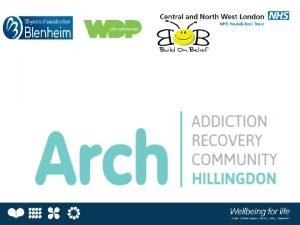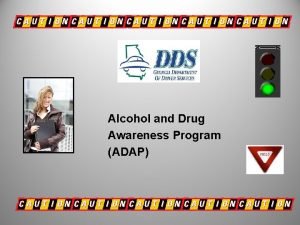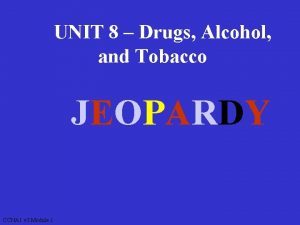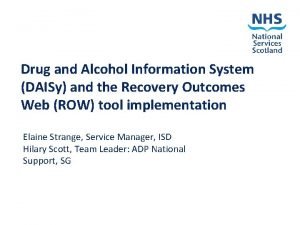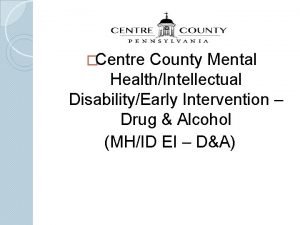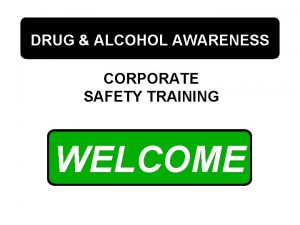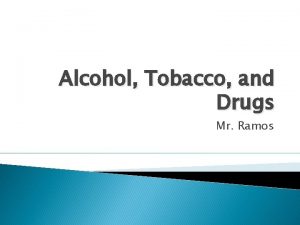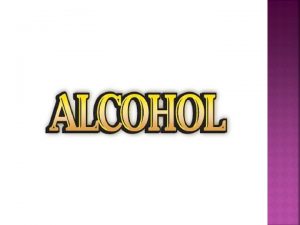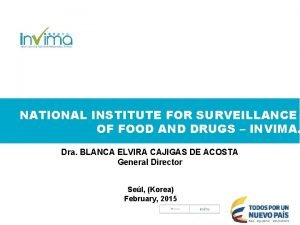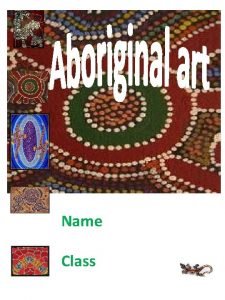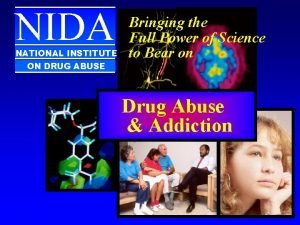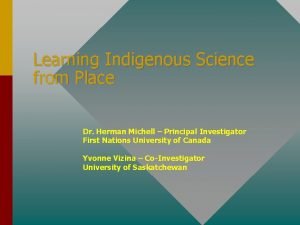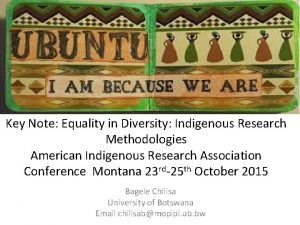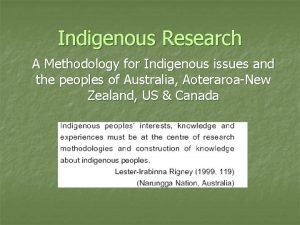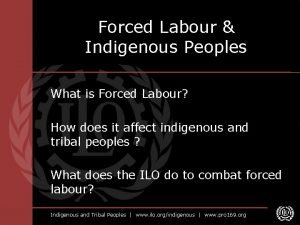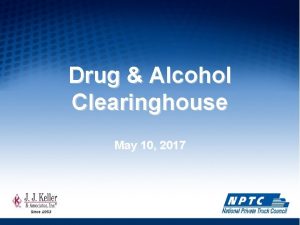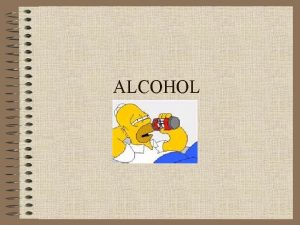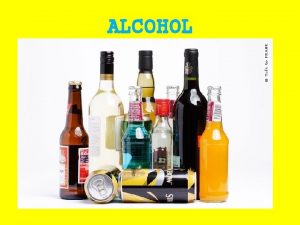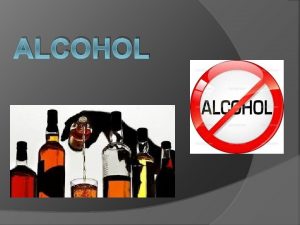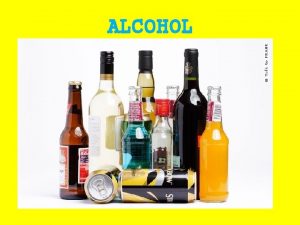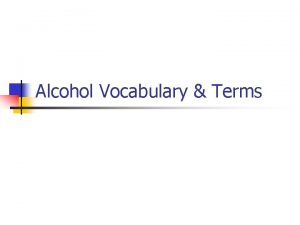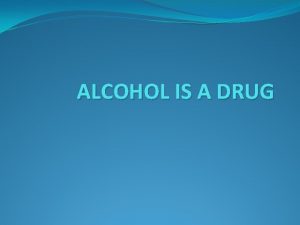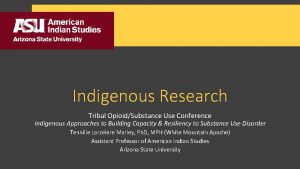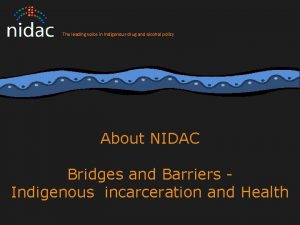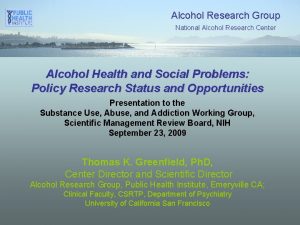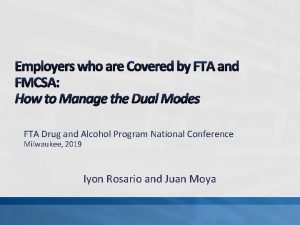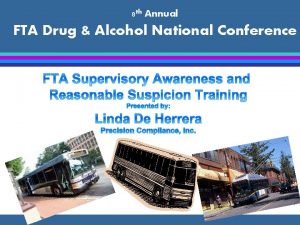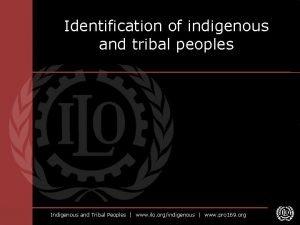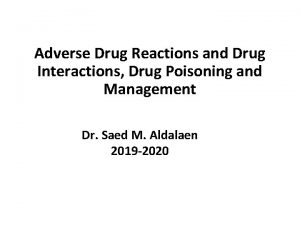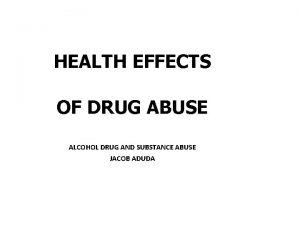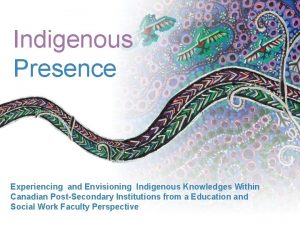NATIONAL INDIGENOUS DRUG AND ALCOHOL CONFERENCE Alcohol and











![alcohol-related brain injury 4 § cerebellar atrophy § Wernicke's Encephalopathy § Korsakoff's [Amnesic] Syndrome alcohol-related brain injury 4 § cerebellar atrophy § Wernicke's Encephalopathy § Korsakoff's [Amnesic] Syndrome](https://slidetodoc.com/presentation_image_h2/4422a6b0bcca3863ab91160ebeebd377/image-12.jpg)
![cannabis/ marijuana[-related brain injury] 1 National Aboriginal and Torres Strait Islander Health Survey, 2004 cannabis/ marijuana[-related brain injury] 1 National Aboriginal and Torres Strait Islander Health Survey, 2004](https://slidetodoc.com/presentation_image_h2/4422a6b0bcca3863ab91160ebeebd377/image-13.jpg)
![cannabis/ marijuana[-related brain injury] 2 § 2001 – 2002: 67% males = 2 X cannabis/ marijuana[-related brain injury] 2 § 2001 – 2002: 67% males = 2 X](https://slidetodoc.com/presentation_image_h2/4422a6b0bcca3863ab91160ebeebd377/image-14.jpg)
![petrol-[related brain injury] 1 (“…lack of verifiable data…”) § 60 deaths in the NT petrol-[related brain injury] 1 (“…lack of verifiable data…”) § 60 deaths in the NT](https://slidetodoc.com/presentation_image_h2/4422a6b0bcca3863ab91160ebeebd377/image-15.jpg)
![petrol-[related brain injury] 2 § (“…it is in the remote regions of the NT, petrol-[related brain injury] 2 § (“…it is in the remote regions of the NT,](https://slidetodoc.com/presentation_image_h2/4422a6b0bcca3863ab91160ebeebd377/image-16.jpg)
![petrol-[related brain injury] 3 § “…petrol sniffing has declined significantly in central Australia over petrol-[related brain injury] 3 § “…petrol sniffing has declined significantly in central Australia over](https://slidetodoc.com/presentation_image_h2/4422a6b0bcca3863ab91160ebeebd377/image-17.jpg)





- Slides: 22

NATIONAL INDIGENOUS DRUG AND ALCOHOL CONFERENCE Alcohol and other Drug-Related Brain Injury Adelaide 16 June, 2010 Nick Rushworth Executive Officer Brain Injury Australia

“…peak of peaks” BIA member organisations members’ members

ACQUIRED BRAIN INJURY (ABI) any damage to the brain that occurs after birth

…causes? § stroke § accident or trauma § brain infection § neurological diseases (Parkinson's disease, Huntington's disease etc. ) § oxygen loss (asthma, neardrowning etc. ) § alcohol or other drug abuse

alcohol and other drug-related brain injury § …alcohol § marijuana/ cannabis § petrol…

PHYSICAL DISABILITY § nerve damage § poor balance and coordination § fatigue § loss of sense of taste or smell § vision and hearing disturbance § speech impairment

COGNITIVE DISABILITY poor memory and concentration (2 in every 3) = reduced ability - to learn - to plan and - to solve problems

“CHALLENGING BEHAVIOUR” for 2 out of 3, the most disabling § increased irritability § poor impulse control § verbal and physical aggression § paranoia, psychosis

alcohol-related brain injury 1 § (“dose response”? ) § NHMRC guidelines (2009) – “ 2 standard” per day ≠ “risk drinking” § National Drug Strategy Household Survey (2007) @ “long-term high risk” = 3. 8% (men), 2. 7% (women) § National Drug Research Institute (2008) 44% of alcohol “consumed at levels that pose risk in the long-term”

alcohol-related brain injury 2 § National Aboriginal and Torres Strait Islander Health Survey (2004 -05 - consumption week prior to the survey) - 16% adults @ long-term /chronic, “risky / high risk” alcohol consumption (↑ 13% in 2001) § [age-standardised] ATSI were 2 X likely to drink at short-term risky/high risk levels at least once a week than non-ATSI

alcohol-related brain injury 3 § “ 2 million Australians at risk of permanent brain damage” § Men @ 6 standard drinks per day (women @ 3 drinks) X 8 -10 years = “high risk of brain damage”
![alcoholrelated brain injury 4 cerebellar atrophy Wernickes Encephalopathy Korsakoffs Amnesic Syndrome alcohol-related brain injury 4 § cerebellar atrophy § Wernicke's Encephalopathy § Korsakoff's [Amnesic] Syndrome](https://slidetodoc.com/presentation_image_h2/4422a6b0bcca3863ab91160ebeebd377/image-12.jpg)
alcohol-related brain injury 4 § cerebellar atrophy § Wernicke's Encephalopathy § Korsakoff's [Amnesic] Syndrome (Wernicke–Korsakoff Syndrome) § hepatic encephalopathy
![cannabis marijuanarelated brain injury 1 National Aboriginal and Torres Strait Islander Health Survey 2004 cannabis/ marijuana[-related brain injury] 1 National Aboriginal and Torres Strait Islander Health Survey, 2004](https://slidetodoc.com/presentation_image_h2/4422a6b0bcca3863ab91160ebeebd377/image-13.jpg)
cannabis/ marijuana[-related brain injury] 1 National Aboriginal and Torres Strait Islander Health Survey, 2004 -2005: - 43% reported “having tried” marijuana - 23% had “used it” in the last 12 months NT Select Committee on Substance Abuse: - survey mid-1980 s “did not detect” use in Top End - 1999: 55% males, 13% females
![cannabis marijuanarelated brain injury 2 2001 2002 67 males 2 X cannabis/ marijuana[-related brain injury] 2 § 2001 – 2002: 67% males = 2 X](https://slidetodoc.com/presentation_image_h2/4422a6b0bcca3863ab91160ebeebd377/image-14.jpg)
cannabis/ marijuana[-related brain injury] 2 § 2001 – 2002: 67% males = 2 X non-ATSI NT population (NT rate = 1. 7 times higher) § “concern over cannabis use is lower than warranted…serious long-term effects of cannabis use will become more evident over time, as effects take hold in populations currently engaged in habitual, heavy use. ”
![petrolrelated brain injury 1 lack of verifiable data 60 deaths in the NT petrol-[related brain injury] 1 (“…lack of verifiable data…”) § 60 deaths in the NT](https://slidetodoc.com/presentation_image_h2/4422a6b0bcca3863ab91160ebeebd377/image-15.jpg)
petrol-[related brain injury] 1 (“…lack of verifiable data…”) § 60 deaths in the NT § 2006 : 600 in Central Desert region “sniffing regularly”, 120 “with permanent brain damage”
![petrolrelated brain injury 2 it is in the remote regions of the NT petrol-[related brain injury] 2 § (“…it is in the remote regions of the NT,](https://slidetodoc.com/presentation_image_h2/4422a6b0bcca3863ab91160ebeebd377/image-16.jpg)
petrol-[related brain injury] 2 § (“…it is in the remote regions of the NT, SA and WA that petrol sniffing is found…”)? § (National Aboriginal and Torres Strait Islander Social Survey, 20012002 : 4% in non-remote areas “had sniffed petrol” (4% had “used other inhalants”)?
![petrolrelated brain injury 3 petrol sniffing has declined significantly in central Australia over petrol-[related brain injury] 3 § “…petrol sniffing has declined significantly in central Australia over](https://slidetodoc.com/presentation_image_h2/4422a6b0bcca3863ab91160ebeebd377/image-17.jpg)
petrol-[related brain injury] 3 § “…petrol sniffing has declined significantly in central Australia over the last two years. ” § sniffers in the APY lands: 178 people (2005) ↓ 70 people (2006) + “anecdotal reports indicated that petrol sniffing has been very limited or non-existent in the six months to August 2008“ § Opal @ 70 communities § [drug use] migration?

TRAUMATIC BRAIN INJURY (TBI) results from external force applied to the head (ATSI = 3 X) § motor vehicle accidents § assaults § falls

over 500, 000 Australians have an acquired brain injury ? “…excluding those in ? “…except for gaols and those living in correctional remote and sparsely institutions” = 40%-80% settled parts…” ? homeless = 10% - 30% ? “…personal response…. people may not have reported… because of the sensitive nature of the condition… lack of awareness…”

assessment/ screening tools? • AUDIT: “not been validated for • use with Indigenous clients” • Kimberley Indigenous Cognitive Assessment • (KICA) “Cog State” Menzies School of Health Research)

recovery? • alcohol? • 25% - complete recovery • 25% - significant recovery • 25% - slight recovery • 25% - no recovery petrol? (Groote Eyland) “ 2 years abstinence…improvement in neurobehavioural performance…often normalised completely”

www. braininjuryaustralia. org. au nick. rushworth@braininjuryaustralia. org. au 1800 BRAIN 1
 Arch hillingdon
Arch hillingdon Adap certificate
Adap certificate 12 core functions and global criteria
12 core functions and global criteria Ccna drugs
Ccna drugs Daisy drug and alcohol
Daisy drug and alcohol Centre county drug and alcohol
Centre county drug and alcohol Inhibitions drivers ed
Inhibitions drivers ed Drug and alcohol safety training
Drug and alcohol safety training Exhausted drug
Exhausted drug Medicine misuse examples
Medicine misuse examples Why is alcohol considered a drug? *
Why is alcohol considered a drug? * Secondary alcohols
Secondary alcohols Oxidation primary alcohol
Oxidation primary alcohol National institute for food and drug surveillance
National institute for food and drug surveillance Chalie buarrawanga matjuwi
Chalie buarrawanga matjuwi National institute on drug abuse
National institute on drug abuse Indigenous axiology
Indigenous axiology Native colour wheel
Native colour wheel Examples of indigenous
Examples of indigenous What is indigenous research
What is indigenous research What is indigenous research
What is indigenous research Indigenous knowledge systems tok
Indigenous knowledge systems tok Indigenous name for forced labour
Indigenous name for forced labour
